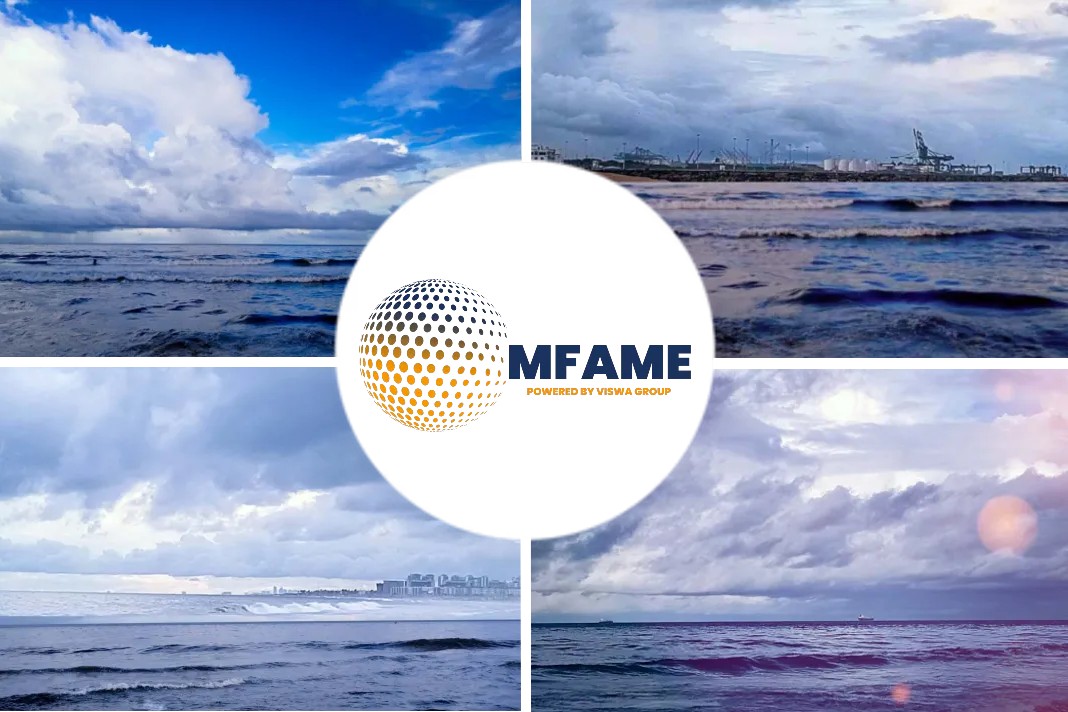
The Port of Tacoma Commission on Tuesday voted to phase out greenhouse gas emissions under the port’s direct control by 2040, accelerating the target from 2050.
Accelerating Net Zero Target
This action primarily focuses on addressing Scope 1 and Scope 2 greenhouse gasses, which encompass emissions from port-owned buildings, vehicles, and electricity consumption for port facilities. These are the emissions that the port can directly manage, as opposed to Scope 3 emissions, which originate from sources outside the port’s immediate control, including cargo ships, drayage trucks, and facilities leased to private companies. “The port takes seriously our commitment to the environment and clean air,” said Deanna Keller, Port of Tacoma Commission president.
To remind, in 2021, the Northwest ports of Vancouver, British Columbia, Tacoma, Seattle, and the combined container operations of The Northwest Seaport Alliance committed to eliminate emissions from seaport-related activities by 2050. In a collaboration among the four ports, the Northwest Ports Clean Air Strategy sought to meet this target through changes in equipment, fuels, and infrastructure.
Strategy Devised
To achieve the 2040 decarbonization goal, the Port of Tacoma has devised several strategies for managing its assets effectively. These include transitioning to electric vehicles, replacing natural gas in buildings with electricity, and purchasing renewable fuels to replace fossil fuels. These initiatives will require significant investments in multi-million-dollar projects, such as the recently authorized Administration Building Electric Vehicle Charging Station project from February. The Port of Tacoma’s effort is part of the regional Northwest Ports Clean Air Strategy for phasing out seaport-related emissions. The port is a Managing Member of The Northwest Seaport Alliance (NWSA), which manages container operations in both Tacoma and Seattle.
In 2021, the Port of Tacoma adopted its Clean Air Strategy Implementation Plan, which includes:
- Developing and implementing a policy to incorporate sustainable building practices in new port-owned buildings and major remodel projects;
- Installing electric vehicle charging stations at five port locations;
- Transitioning the port’s fleet to plug-in hybrid or electric vehicles.
Simultaneously, the Port of Seattle adopted an action plan which identifies strategies through 2030 to halve greenhouse gas emissions, including commitments to:
- Complete the Seattle Waterfront Clean Energy Strategy to plan for the transition to zero-emissions equipment, locomotives, vehicles, vessels, and buildings along the waterfront;
- Install shore power infrastructure at all cruise ship berths and achieve a 100% connection rate for homeport cruise ship calls;
Did you subscribe to our newsletter?
It’s free! Click here to subscribe!
Source: Offshoreenergy















